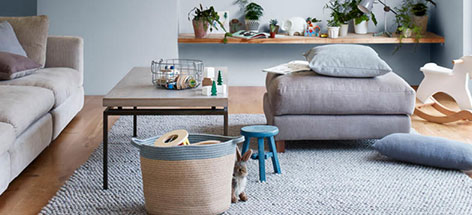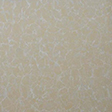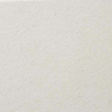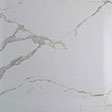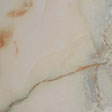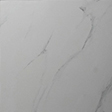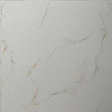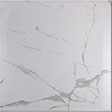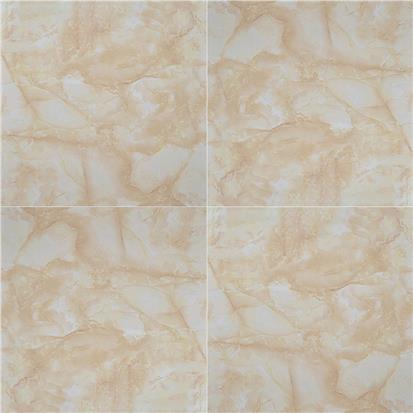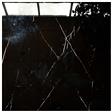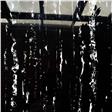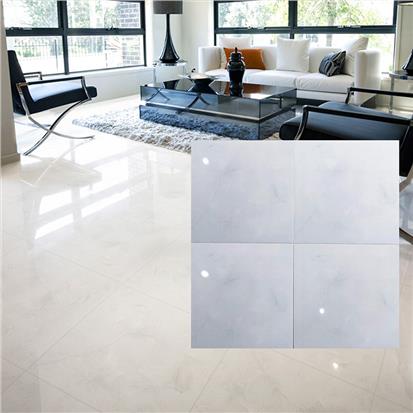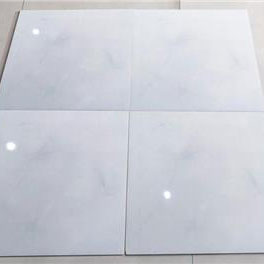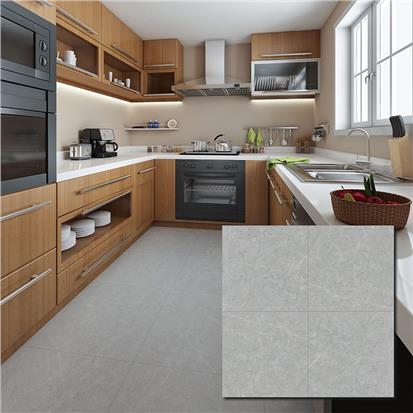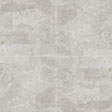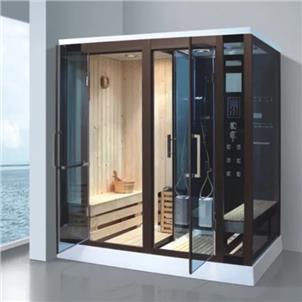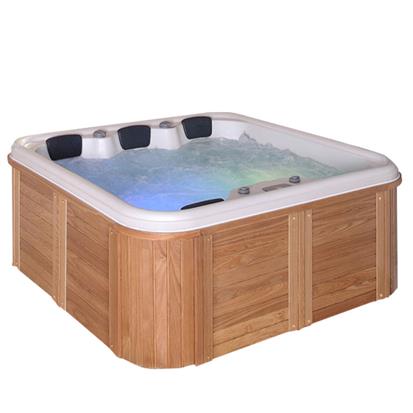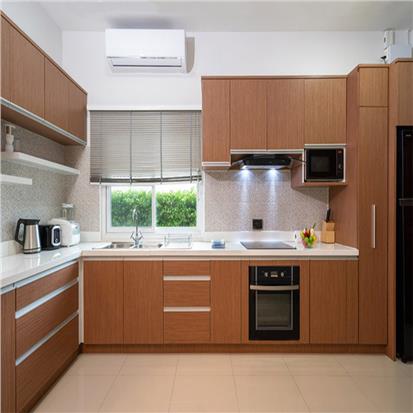The roof plays a role in covering and beautifying the other house. It is very important to choose what kind of roof tiles, because the roof is exposed to the sun and rain all year round. In this article, we'll introduce different types of roof tiles and their pros, cons, and uses.
Different Types of Roof Tiles: Advantages, Disadvantages and Applications
We need to carefully choose the materials of roof tiles, which should not only be wear-resistant, heat-resistant, stable, and environmentally friendly but also beautiful. What roof tiles should be used for different types of buildings?
1. PVC roof tile
PVC tile is a new building material developed by using high-tech chemical technology. It has many excellent characteristics, such as lightweight, high strength, waterproof and moisture-proof, anti-corrosion and flame retardant, sound insulation, etc. It is generally applicable to high-grade villas, awnings, sunshades, antique buildings, etc. in the Development Zone, farmers' markets, shopping malls, residential quarters, and new rural construction. The disadvantages are short service life, easy fade, aging, etc. It is applicable to the roofs of workshops, car sheds, simple movable houses, etc.
2. Cement roof tile
Cement tile is made by pressing or rolling a certain proportion of cement mortar. Its product ingredients are cement, sand, and pigment. There are many kinds of cement tiles, which can be divided into three categories according to their appearance: S-type tile, corrugated tile series, and flat tile series; According to the production process, it can also be divided into two categories: Rolled tiles and molded tiles. S-shaped tile and corrugated tile have good three-dimensional sense, easy to obtain materials, strong bearing capacity, and low threshold. The price is slightly higher than that of glazed tiles. The tile has the advantages of firm lapping, strong waterproof performance, rich colors, long service life, and low cost. The disadvantage is that it is heavy and easy to be damaged. It is purchased locally and sold under the name of foreign import brands. It is difficult to distinguish. It is applicable to the roofs of civilian houses, villas, ancient buildings, etc.
3. Clay roof tile
Ceramic tiles are made of clay and crushed sedimentary shale by high-temperature calcination. Advantages: long service life, long history, thousands of years of inheritance, strong bearing capacity, the most widely used products, which can represent Chinese cultural characteristics in China. Prices vary. The high prices of small green tiles and tube tiles are mainly due to the large quantity. Ordinary tiles are cheap, while imported tiles are more expensive. The disadvantages are heavy weight, easy to fall off and damage, easy to grow moss and serious environmental pollution. Ceramic tiles are the most commonly used materials for high-end houses or places that are very easy to catch fire. With the enhancement of people's awareness of environmental protection, these tiles are gradually eliminated. It is applicable to folk houses, most of which are small green tiles and tube tiles in the south, ordinary tiles in the north, and roofs of ancient buildings, pavilions, temples, etc.
4. Color steel roof tile
Color steel tile, also known as metal tile and aluminized zinc steel plate tile, is pressed into tile shape by aluminized zinc steel plate, and the surface layer can be treated with color ceramsite or baking paint. It is characterized by lightweight, high-grade, and high price, but it gives people a relatively solid impression and a sense of security. It can be used as the bearing plate of ceiling enclosure structure, bending resistance and compression resistance; General houses do not use beams and columns. Bright color: no surface decoration is required, and the anticorrosive coating of colored galvanized steel plate shall be kept for 10-15 years. Flexible and fast installation: the construction period can be shortened by more than 40%. Oxygen index: (OI) 32.0 (provincial fire product quality inspection station). The disadvantage is that it has a short service life, is perishable, and needs frequent maintenance. It is applicable to factory buildings, car sheds, temporary buildings, prefabricated houses, road partitions, etc.
5. Asphalt shingle roof
The main material of asphalt tile is asphalt, which is fully called glass fiber tire asphalt tile and is referred to as glass fiber tile or asphalt tile for short. Asphalt tiles have various shapes, a wide application range, and many advantages, but they are easy to age, have poor flame retardancy, and short service life. Waterproof coiled materials are necessary for laying. It is applicable to the roofs of villas, urban reconstruction, pavilions, roadside transformer houses, public toilets, wooden houses, resorts, tourist attractions, etc.
6. Asbestos shingle roof
Asbestos tile is made of asbestos fiber and cement by pressing the board. Cement has strong compressive capacity but weak tensile capacity, while asbestos has weak compressive capacity but strong tensile capacity. Asbestos is included to improve the tensile capacity of composite materials. It has the characteristics of fire prevention, moisture resistance, corrosion prevention, heat resistance, cold resistance, lightweight, etc. However, asbestos fiber inhalation will cause disease and serious cancer.
7. Glazed roof tile
Glazed tiles are made of high-quality ore raw materials, after screening and crushing, high-pressure forming, and high-temperature firing. This tile has good waterproof performance, a variety of colors and styles, and has a very long service life. Its unique process design can reduce noise and has high strength: it is made by firing at high temperature, meets national standards, has a large bearing capacity, and is not afraid of the wind and the sun. However, the disadvantage is that the workmanship is complex, which is not suitable for long-distance transportation. It is easy to be damaged, heavy, easy to fall off, and environmental pollution. At present, it is the key rectification object of national environmental protection. The price of glazed tile is the most cost-effective material in the industry. It is especially durable and can be used for decades. However, some people do not like it to be too cumbersome. But it is also because of its bulkiness that the thermal insulation effect of glazed tiles is very good. It is applicable to the roofs of civil houses, ancient buildings, pavilions, wooden houses, etc.
 EN
EN FR
FR PT
PT AR
AR

